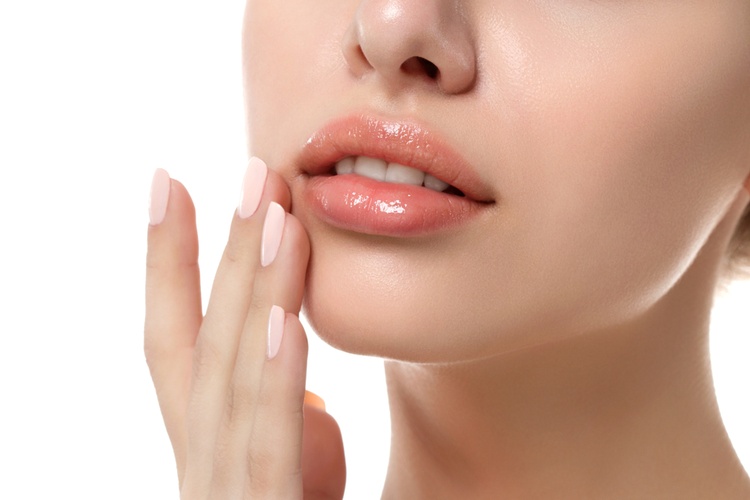Demystifying the World of Botox: A Comprehensive Look
The world of aesthetics and cosmetic surgery is vast and ever-evolving. Among the various treatments available, Botox holds a unique position. Introduced in the late 20th century, it quickly gained popularity for its non-invasive nature and dramatic results. Despite the initial skepticism, Botox has managed to cement its place in the beauty industry, and today, it is one of the most widely used cosmetic treatments around the globe.

The Birth of Botox and Its Evolution
Botox, or botulinum toxin, was first discovered in the 1820s by a German doctor, Justinus Kerner. He identified the toxin while investigating a series of food poisoning cases. However, it wasn’t until the 1970s that the toxin found its use in the medical world, primarily for treating muscular disorders.
Botox’s journey into the cosmetic world began in the late 1980s when an ophthalmologist, Dr. Jean Carruthers, noticed the softening of wrinkles around the eyes of her patients who were being treated for eye spasms. This discovery paved the way for Botox’s use in cosmetic procedures. Today, the industry has seen the use of Botox diversify, extending beyond the realm of anti-aging treatments to medical conditions like migraines, excessive sweating, and even depression.
The Rise of Non-Invasive Cosmetic Treatments
The increasing popularity of Botox can largely be attributed to the rise of non-invasive cosmetic procedures. Unlike traditional surgical methods, these treatments, including Botox, require no incisions or significant downtime. They offer a quick and relatively painless way of enhancing one’s appearance, contributing to their mass appeal.
The advent of social media has also played a role in the growing acceptance of Botox. Beauty influencers and celebrities openly discussing their Botox treatments have helped normalize the procedure and remove the stigma associated with cosmetic enhancements.
Understanding the Impact and Reception of Botox
Botox treatments have brought about a significant shift in societal attitudes towards aging and beauty. The procedure has given individuals a choice to control their aging process, empowering them with the ability to look as young as they feel.
On the other hand, critics argue that Botox promotes unrealistic beauty standards and pressures individuals, particularly women, into altering their natural appearance. It’s essential to balance this dialogue, acknowledging both the personal empowerment Botox can provide and the potential societal pressures it might perpetuate.
The Current Trends in Botox Treatments
The use of Botox is no longer confined to the older age demographic. A growing trend among millennials, known as “preventative Botox,” involves using the treatment at a younger age to prevent the formation of wrinkles. This shift has been a significant driving force behind the industry’s growth in recent years.
Another emerging trend is “Baby Botox,” a technique involving smaller doses of the toxin to achieve a more natural-looking result. This trend reflects the evolving aesthetic preferences of consumers, moving away from the frozen look towards a more subtle and refreshed appearance.
The Future of Botox
The future of Botox looks promising, with research exploring its potential use in treating a wider array of medical conditions. Furthermore, as technology advances and our understanding of the human body deepens, we can expect Botox treatments to become even more refined and personalized.
In conclusion, the world of Botox is complex and multi-faceted. While it continues to draw a wide range of opinions, it’s undeniable that it has significantly influenced our notions of beauty and aging. As we move forward, it will be interesting to observe how Botox evolves and continues to shape the landscape of the beauty industry.




